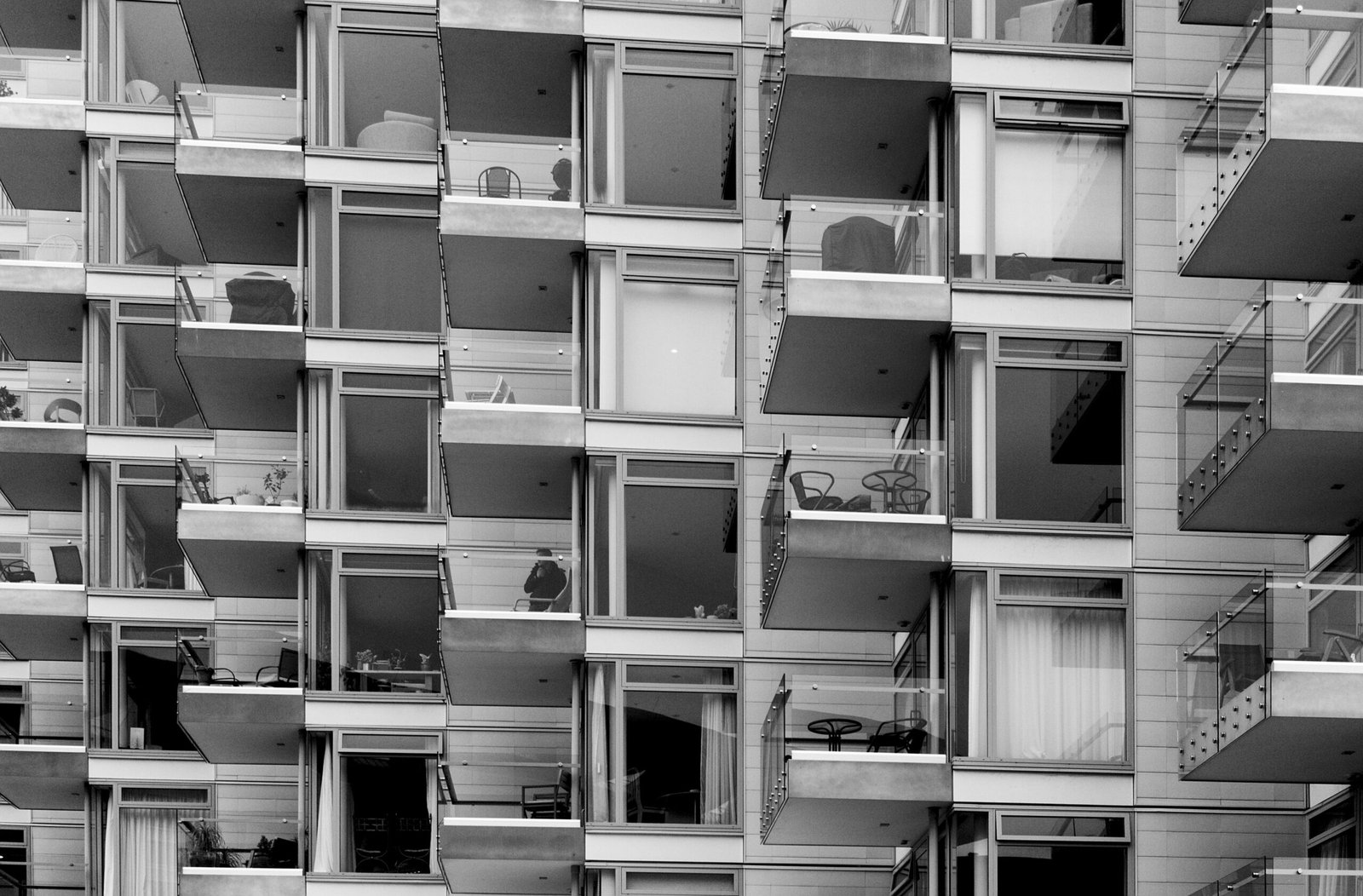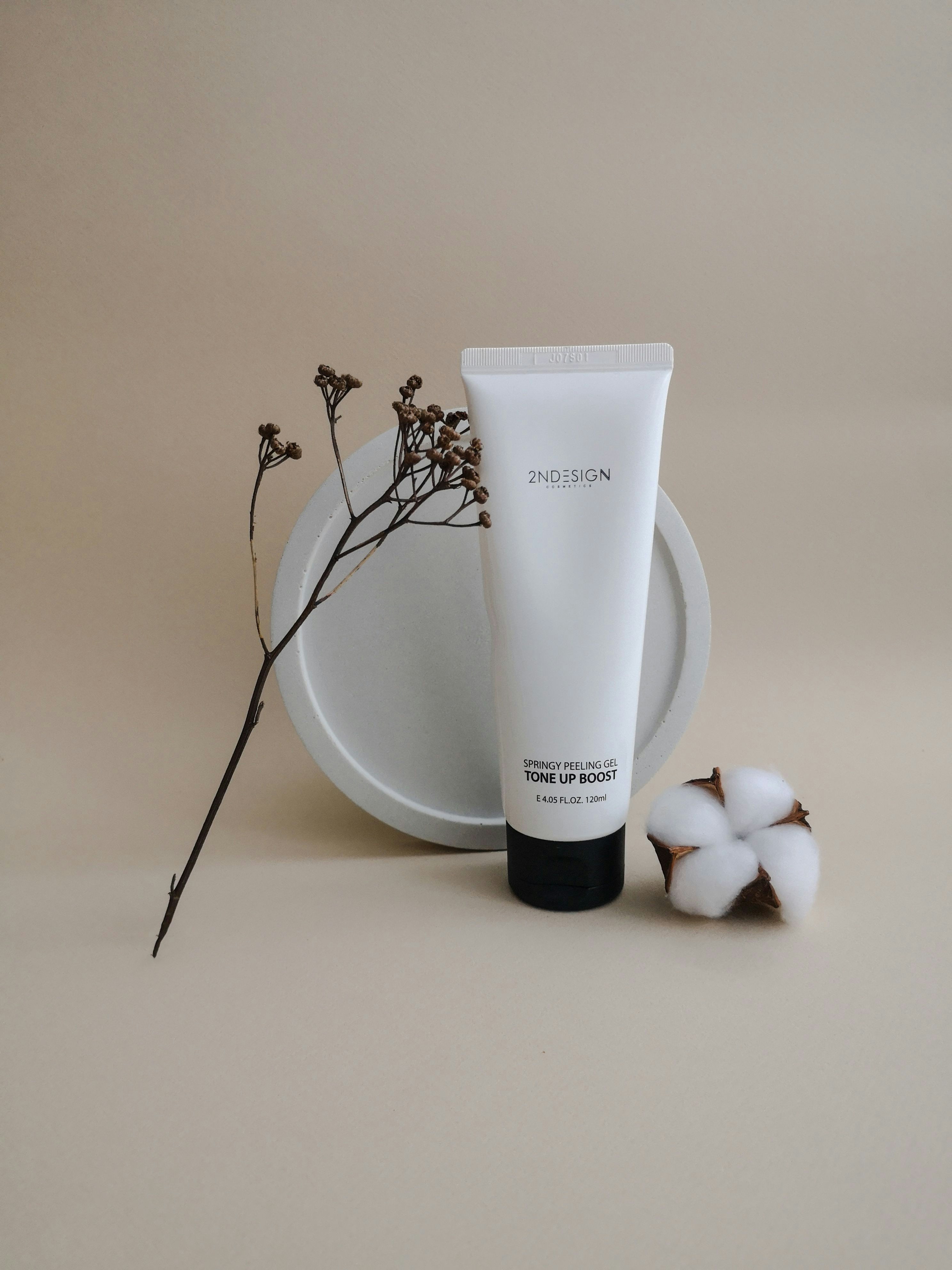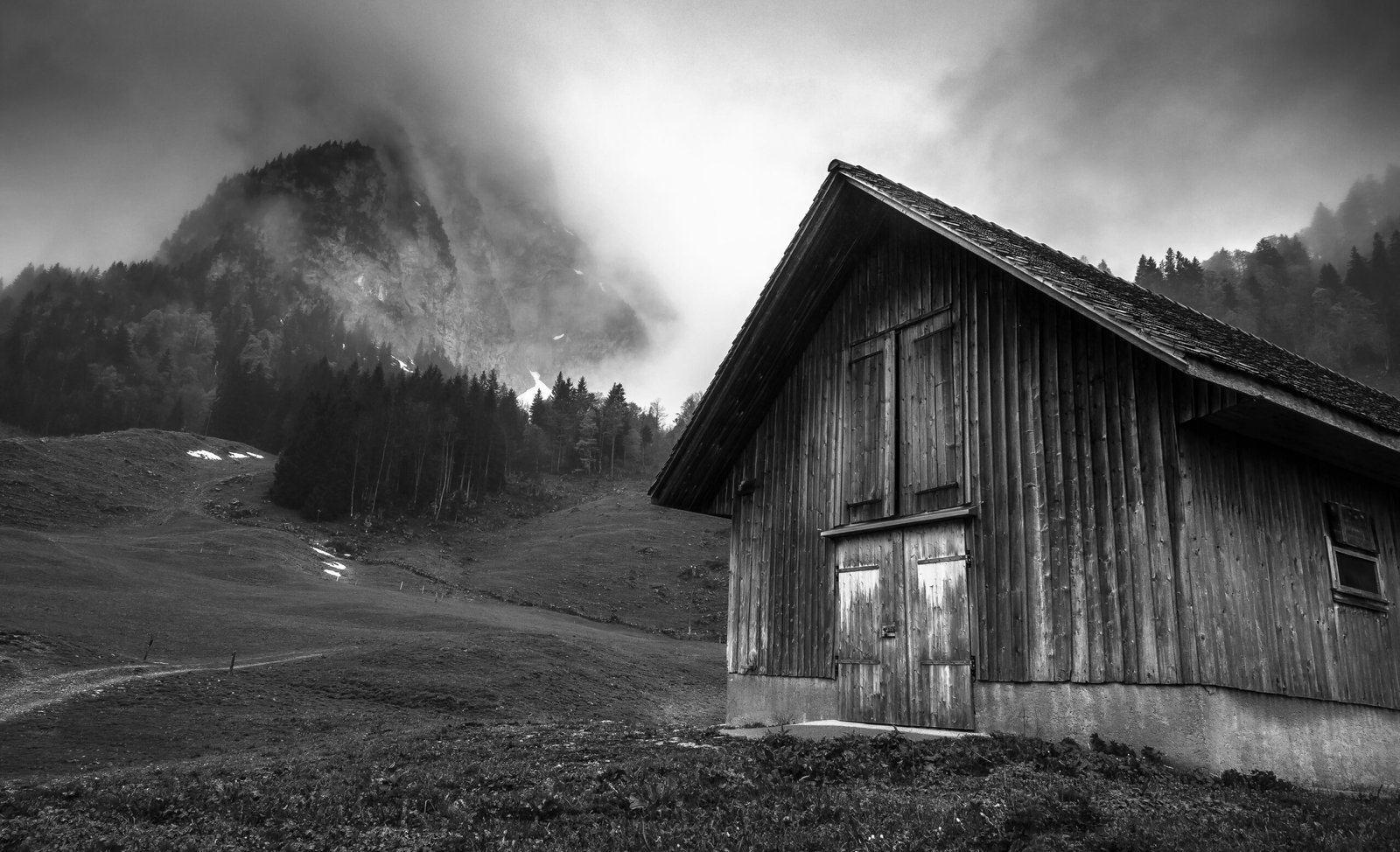Introduction to Vastu Shastra
Vastu Shastra is an ancient Indian architectural science that emphasizes the harmony between nature and human habitation. Originating several thousand years ago, it is rooted in the Vedas, which are sacred Hindu texts. The principles of Vastu Shastra have guided the design and construction of homes, temples, and public spaces in India and beyond. At its core, Vastu seeks to create a balanced environment that fosters peace, prosperity, and well-being. By considering various factors such as the orientation of buildings, the placement of rooms, and the use of materials, Vastu aims to cultivate a space that aligns with the natural elements and energies surrounding it.
In residential settings, particularly in apartments, the importance of Vastu Shastra cannot be overstated. Given the trend towards compact living spaces, the application of Vastu principles becomes essential for optimizing the limited areas available. The arrangement of furniture, the colors used in decor, and even the positioning of appliances can significantly influence the overall energy flow within an apartment. This energy, referred to as “Vastu Purusha,” is considered integral to the well-being of the inhabitants.
Applying Vastu Shastra in apartments can lead to enhanced health, increased happiness, and a greater sense of tranquility among its residents. It guides homeowners on how to make their living spaces more harmonious, thereby promoting positive energy and harmony. The alignment of a home according to Vastu ensures that occupants can enjoy the benefits of a well-structured environment, making this ancient wisdom relevant even in contemporary living scenarios. As we explore the ways to optimize apartments through Vastu principles, understanding its foundational significance will be key to reaping its numerous advantages.
Understanding Small Spaces
Living in small apartment spaces presents a unique set of challenges and advantages that differ significantly from larger homes. Apartments, by their very nature, are characterized by their compact layout, creating an environment that may sometimes feel restricted. One common issue faced by residents in these spaces is limited natural light. Unlike larger homes that typically enjoy a multitude of windows, apartments may have fewer openings to the exterior, often resulting in darker interiors. This situation can be mitigated through strategic use of mirrors and light-colored furnishings, which can help reflect and enhance whatever light is available.
Layout constraints also come into play in smaller apartments. The arrangement of furniture needs to be carefully planned to ensure efficient use of space. Multifunctional furniture items, such as sofa beds and extendable dining tables, can optimize the available area while maintaining comfort and functionality. Residents must often consider what furnishings are truly necessary, leading to the opportunity to embrace minimalism and declutter. This intentionality can not only enhance the space’s overall aesthetic but also promote a sense of tranquility within a cozy environment.
Another significant concern in small apartments is storage. With limited square footage, finding places to store belongings can be a challenge. However, this constraint presents a chance for creative solutions. Utilizing vertical space by installing shelves or cabinets, as well as incorporating under-bed storage options, allows residents to maximize their area. The key lies in striking a balance between style and utility, opting for storage solutions that not only serve a practical purpose but fit seamlessly into the overall design. Ultimately, while small living spaces may have their complexities, they also offer the potential to create intimate and inviting settings that reflect personal style.
Key Vastu Principles for Apartments
Vastu Shastra, the ancient Indian science of architecture, offers guiding principles to optimize living spaces, especially in apartments where space is often limited. Understanding these principles can significantly enhance the energy flow within your home, promoting health, prosperity, and well-being. One of the most critical Vastu principles is directional alignment. The arrangement and orientation of an apartment should ideally align with the cardinal directions. For instance, the northeast direction is considered highly auspicious and should be kept open or lightly furnished to allow positive energies to flow freely. Conversely, avoid heavy furniture in this area as it may block the beneficial energies.
Another significant aspect of Vastu in apartments is the importance of entryways. The main entrance of a home acts as a gateway for energy. An entrance facing the right direction, preferably towards the east or north, is deemed favorable. Enhancing this area with proper lighting and greenery can further amplify positivity. It is advisable to keep the entrance area clean and clutter-free, as this contributes to the overall energy balance within the apartment.
Furthermore, awareness of potential negative energies is crucial. Areas of the apartment that are cluttered, dark, or poorly ventilated can attract stagnation and disharmony. Additionally, ensuring that mirrors are strategically placed to reflect light and vibrant energy can optimize the flow in your apartment. Keep an eye on electronic appliances and their placements, as they can emit vibrations that disrupt peace. By applying these foundational Vastu principles, residents can create a harmonious living environment that promotes positivity and reduces stress.
Optimizing Apartment Layout According to Vastu
The arrangement of furniture and rooms within an apartment can significantly influence the energy flow and overall ambiance of the space. To optimize apartment layouts according to Vastu principles, it is essential to consider the placement of key areas such as bedrooms, living rooms, kitchens, and bathrooms, ensuring they align with Vastu guidelines to promote harmony and enhance utility.
🩺 Powerful Health Spells That Restore & Rejuvenate
Boost your well-being, overcome fatigue, and heal with trusted spells crafted for body and mind.
Starting with the bedroom, it is advised to position the bed in the southwest corner of the room. Placing the head towards the south while sleeping can lead to peaceful rest and rejuvenation. It is also important to avoid positioning the bed under a beam or next to a wall shared with a bathroom, as these arrangements can lead to disrupted energy flow. Additionally, maintaining a clutter-free environment can contribute to tranquility and stability in one’s personal space.
The living room should ideally be located in the northeast or northwest section of the apartment. This positioning allows for ample natural light, fostering a welcoming environment for both residents and guests. When arranging furniture, ensure that the seating is oriented towards the center of the room, promoting interaction and a sense of community. Avoid excessive furniture, which can constrict movement and make the space feel cramped.
For the kitchen, the southeast corner is considered the best placement according to Vastu. It is recommended to keep the cooking area clean and well-ventilated, allowing positive energies to circulate freely. When arranging appliances, the stove should face east to promote health and well-being. Lastly, bathrooms should ideally be positioned in the western or northern parts of the apartment, with necessary fixtures aligned to ensure efficient utility while minimizing any negative impact on the home’s energy.
In summary, strategically arranging furniture and rooms based on Vastu guidelines can significantly enhance the living experience in an apartment. This thoughtful approach not only maximizes the utility of small spaces but also fosters a balanced and harmonious environment, contributing positively to the residents’ overall well-being.
Using Colors and Décor in Vastu
Colors play a significant role in Vastu Shastra, as they influence the energy within a space and affect the mood and behavior of its inhabitants. The psychology behind color selection in interiors is deeply rooted in the principles of Vastu and can enhance the overall atmosphere of an apartment. By aligning color choices with Vastu guidelines, one can create a more harmonious living environment that promotes well-being and positivity.
In the living room, warm hues such as earthy tones, yellows, and oranges can be utilized to facilitate conversation and foster a sense of community. These colors stimulate energy and encourage social interaction, making them an ideal choice for this space. In contrast, calming colors like light blues or greens are more suitable for bedrooms, promoting relaxation and restful sleep. These nuances in color can significantly impact the inhabitants’ peace of mind, outlining the importance of appropriate color application as dictated by Vastu.
Kitchen areas benefit from brighter colors such as whites and creams, which represent cleanliness and abundance. Bright accents, like vibrant red or orange, can further enhance the kitchen’s energy, signifying vitality and enthusiasm for cooking. Additionally, incorporating natural elements through décor, such as wooden textures and potted plants, is essential to align with Vastu principles, promoting a connection to nature and a sense of grounding.
Accessories and interior décor items should also adhere to Vastu guidelines for optimal energy flow. Mirrors, for example, should be placed strategically to reflect positivity and enhance the energy in the room. Similarly, art pieces that exhibit nature or positive imagery can uplift spirits and transform the overall ambiance. By choosing colors and décor thoughtfully, individuals can effectively optimize their apartment spaces, leading to increased harmony and positive energy flow throughout their living environment.
Vastu Remedies for Common Issues in Apartments
Living in an apartment can sometimes present unique challenges, particularly when it comes to maintaining a harmonious environment that aligns with Vastu principles. Common issues such as clutter, insufficient natural light, and the presence of negative energies can impact both physical and mental well-being. Fortunately, there are several effective remedies that can be implemented to address these concerns.
One prevalent problem in apartments is clutter, which can disrupt the flow of positive energy, or “chi.” To mitigate this issue, it is essential to regularly declutter and organize living spaces. This involves removing unnecessary items and ensuring that every object has its designated place. Furthermore, utilizing storage solutions that conceal clutter can greatly enhance the living environment. Introduce decorative baskets or stylish boxes to hide items while maintaining aesthetic appeal.
🩺 Powerful Health Spells That Restore & Rejuvenate
Boost your well-being, overcome fatigue, and heal with trusted spells crafted for body and mind.
Insufficient natural light in apartments can lead to a dull atmosphere. A simple yet effective remedy is to strategically place mirrors within the living space. Mirrors can reflect natural light, thereby brightening up dark corners and creating an illusion of larger space. Additionally, hanging mirrors on the north or east walls is favorable in Vastu as it encourages positive energy flow. Using light-colored curtains or blinds can also help in maximizing daylight.
Moreover, the placement of indoor plants can significantly enhance the energy in an apartment. Plants such as money plants or peace lilies not only purify the air but also contribute to a sense of tranquility and warmth. Positioning these green companions in areas like living rooms or balconies can foster a calming atmosphere. Additionally, incorporating crystals like amethyst or clear quartz can help in deflecting negative energies, creating a more serene environment conducive to relaxation.
In conclusion, implementing these Vastu remedies can effectively address common issues experienced in apartment living. By focusing on the organization of space, optimizing natural light, and enhancing energy through plants and crystals, residents can foster a harmonious and uplifting environment within their homes.
Vastu and Sustainable Living
Integrating Vastu Shastra principles into sustainable living practices creates a harmonious environment conducive to well-being, especially within the confines of an apartment. Vastu emphasizes balance and energy flow, which aligns seamlessly with eco-friendly practices that enhance both personal and planetary health. One of the fundamental aspects of sustainable living is the adoption of energy-efficient appliances. These appliances not only reduce energy consumption but also perpetuate a sense of balance by lowering utility costs and minimizing environmental impact. By choosing appliances certified for energy efficiency, apartment dwellers can ensure their living space is optimized according to Vastu principles while promoting sustainability.
In addition to optimizing energy use, selecting natural materials for furniture and décor further supports both Vastu and eco-friendliness. Materials such as bamboo, reclaimed wood, and organic fabrics foster a connection to nature, enhancing the overall energy in an apartment. These materials often resonate well with Vastu, which advocates for spaces to reflect natural elements. When furnishing an apartment, it is essential to consider the sustainability of all materials utilized, thus ensuring they are not only aesthetically pleasing but also contribute positively to environmental wellness.
Proper waste disposal is another critical aspect that aligns with both Vastu and sustainable living practices. Implementing a systematic waste segregation process can help manage waste effectively, ensuring that recyclable items are appropriately recognized and dealt with. This practice not only respects the principles of Vastu but also fosters a cleaner and healthier living environment. In essence, the synergy between Vastu Shastra and sustainable living creates an apartment that embodies harmony, eco-friendliness, and personal well-being. By adhering to these environmental considerations, apartment residents can significantly enhance their quality of life while simultaneously contributing to the health of the planet.
Case Studies: Successful Vastu Implementations in Apartments
Integrating Vastu principles into apartments can yield significant improvements in both the harmonization of living spaces and the well-being of residents. Several successful case studies illustrate how individuals and families have effectively applied Vastu concepts in their small spaces, leading to enhanced energy flow and overall satisfaction.
In one notable case, a family residing in a two-bedroom apartment in Mumbai faced constant stress and health issues. After consulting a Vastu expert, they made several modifications to their home. The introduction of an indoor garden in the northeast corner brought fresh energy and improved air quality. Additionally, the placement of mirrors and lighter color palettes created an illusion of increased space, promoting a sense of openness. Post-implementation, the family reported a significant reduction in stress levels, coupled with improved interpersonal relationships and productivity.
Another example can be seen in a bachelor’s studio apartment in Bangalore. The occupant was struggling with focus while working from home. By redesigning the workspace according to Vastu principles—specifically positioning the desk in the southwest corner and ensuring a clear line of sight to the entrance—the individual experienced heightened concentration and creativity. Complementary changes, such as decluttering the living area and introducing calming decor, resulted in a more serene atmosphere conducive to productivity.
These examples underscore the versatility of Vastu in apartment living. Each individual tailored their space to reflect their unique needs while adhering to Vastu guidelines. The positive outcomes highlight the potential for improved well-being, better energy flow, and a harmonious living environment. Such transformations can inspire others to explore the ways Vastu Shastra can elevate their living experiences within limited urban spaces.
Conclusion
The principles of Vastu Shastra, when applied to apartment living, can significantly enhance the quality of life for residents. By integrating the ancient wisdom of Vastu into small spaces, individuals can unlock their full potential, creating an environment that promotes harmony, health, and prosperity. Even minor adjustments to the layout, design, and energy flow within an apartment can lead to transformative effects on one’s emotional and physical wellbeing.
One of the core tenets of Vastu is the importance of natural light and ventilation. Ensuring that an apartment is well-lit and fully ventilated can create a more vibrant and energetic atmosphere. Incorporating elements such as plants, mirrors, and appropriate colors can elevate moods and facilitate positive energy circulation. As residents become more aware of their living spaces through the lens of Vastu, they may notice a profound change in their overall energy levels and productivity.
Moreover, Vastu emphasizes the strategic placement of furniture and belongings, which can help in decluttering and optimizing space use. Thoughtful organization not only enhances functionality but also reduces stress and anxiety, allowing residents to experience a serene and tranquil home environment. The psychological impact of such changes should not be underestimated; as individuals feel more at peace in their spaces, the ripple effects extend to other areas of their lives, including work and relationships.
Ultimately, Vastu is not merely a set of rules to follow; rather, it is a holistic approach to creating a harmonious living environment. By reflecting on and implementing Vastu principles, even within the constraints of an apartment, residents can foster a profound sense of well-being and fulfillment. This transformative potential is what makes Vastu a valuable consideration for anyone looking to enhance their apartment living experience.







